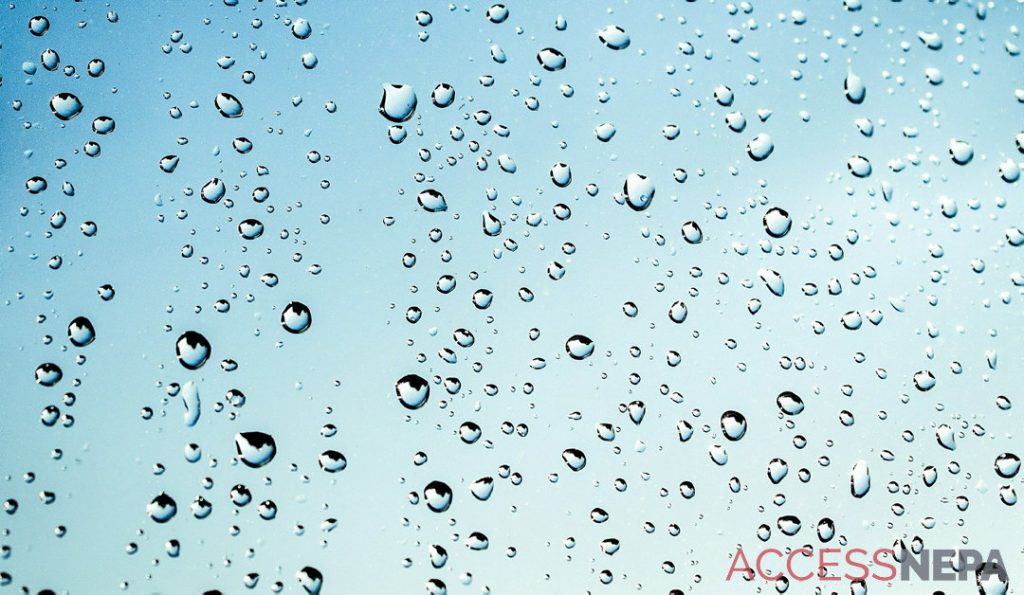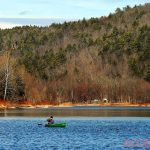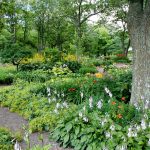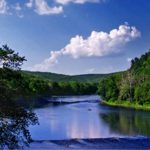From the time that a single raindrop hits the ground, it begins its travel to a larger body of water. An interactive tool called River Runner (samlearner.com) shows the path of streams, creeks, and rivers a raindrop will take to get to a larger body of water from any location in the United States. Using the tool, you can see that most of these raindrops travel with the help of watersheds. While watersheds may be important in guiding a raindrop’s path, rainwater can also contribute to the damage of a watershed.
After a raindrop hits the ground, it will often run off of a human-made structure or surface and pick up pollution from these surfaces as it makes its way to a river. This is known as runoff. Sediment, litter, and vehicle fluids are a few of the many pollutants that end up in our streams and rivers from rainwater runoff. Polluted watersheds limit our clean water sources, hurt wildlife, and can cause flooding, erosion, sewer issues, and more.
Across Pennsylvania, watershed restoration is underway to reduce pollution. Using the River Runner tool, you can see how rainwater that falls inside Pennsylvania’s share of the Chesapeake Bay watershed drains into the bay. The Department of Environmental Protection (DEP) and partners are in the process of working to restore the Chesapeake Bay watershed, with a goal of reducing runoff pollution using DEP’s outlined Best Management Practices (BMPs). Best management practices provide benefits to watersheds after restoration.
DEP is working on BMPs for the Chesapeake Bay watershed to try to limit runoff pollution, but community-wide efforts are also needed to combat the issue. As seen on this tool River Runner (samlearner.com), every city or state has a creek or stream where raindrops will fall, and everyone lives in a watershed! Doing your part to limit pollution can help watershed restoration remain effective for people, our planet, and our wildlife.
NATURE NUGGET: The Red-eyed Vireo is one of the most numerous summer birds in eastern woods. It is not the most often seen, because it tends to stay out of sight in the leafy treetops, searching methodically among the foliage for insects. However, its song — a series of short, monotonous phrases, as if it were endlessly asking and answering the same question — can be heard constantly during the nesting season, even on hot summer afternoons. The bird’s song sounds like this: “See me? Here I am, over here!”
NATURE QUOTE:


“Porcupine Pat” McKinney is environmental education coordinator for the Schuylkill Conservation District and provides programming for people of all ages with an emphasis on schools, public programming and nature center development. “Porcupine Pat” hails from Marion, Ohio and has a BS with Distinction in Natural Resources – Environmental Interpretation from Ohio State. He is a recipient of the prestigious Sandy Cochran Award for Excellence in Natural Resources Education from the PA Forestry Association, the Schuylkill Pride Award, and the PAEE “Outstanding Environmental Educator Award.”




